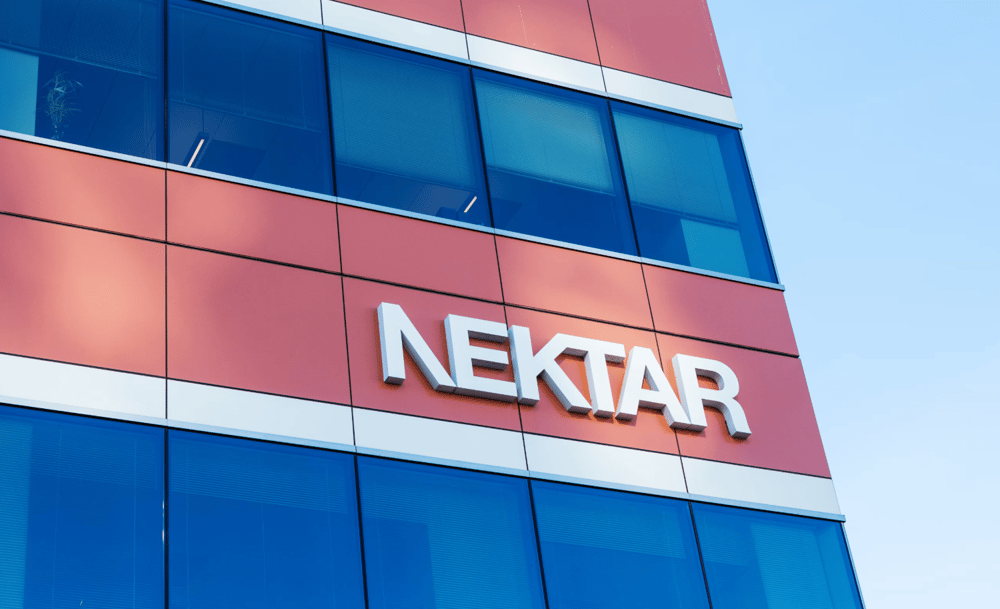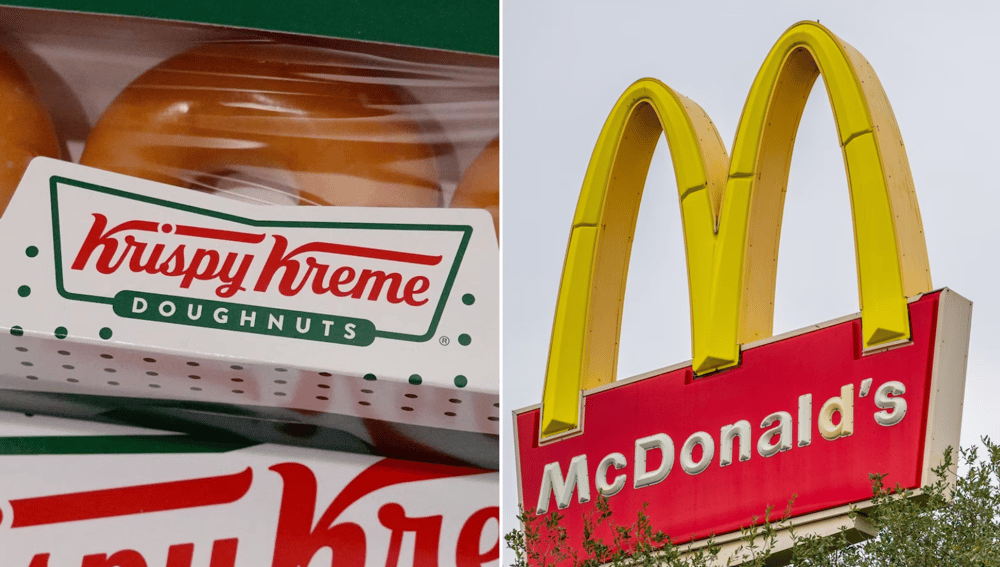Burger King's Growth in North America in Q4
The fast-food chain Burger King, managed by Restaurant Brands International Inc. $QSR, showcased positive results in the fourth quarter, breaking a two-quarter decline streak. The 1.1% increase in same-store sales in the U.S. and Canada serves as a crucial signal for recovery.
Reasons for the Growth
Key factors contributing to Burger King's positive financial performance include:
Restaurant renovations: The company is actively updating its locations, attracting new customers.
Increased advertising spend: Aggressive marketing campaigns are enhancing brand awareness.
Addressing customer complaints: A reduction in negative feedback is fostering customer loyalty.

Components of Success
Restaurant Brands International also reported stable same-store sales globally. The strong performance of its international division and the successful business of Tim Hortons, which has a significant presence in Canada, are particularly beneficial. Additionally, it’s worth noting the following points:
Growth of Firehouse Subs: This chain has achieved positive results in both the U.S. and Canada.
Popeyes Performance: Although also owned by Restaurant Brands, it has seen a slight decline in sales.
Investments in the Future
In light of its lag behind competitors such as Wendy’s $WEN and historical underperformance compared to McDonald's $MCD, Restaurant Brands allocated over $2 billion for revamping Burger King. It is projected that by 2028, 85% to 90% of the restaurants will be modernized. These changes aim to attract new customers and meet the demands of existing ones.
Key plans for the company include:
Renovating restaurant designs and interiors;
Implementing new technologies to improve service;
Expanding the menu to offer a more diverse and modern selection.
Burger King is demonstrating positive results that may indicate the beginning of a new chapter for the chain. The increase in sales combined with investments in location renovations creates favorable conditions for sustainable growth. Given the current trends in the fast-food industry and the demand for quality service, Burger King’s business is on a path toward recovery and future success.















Comments